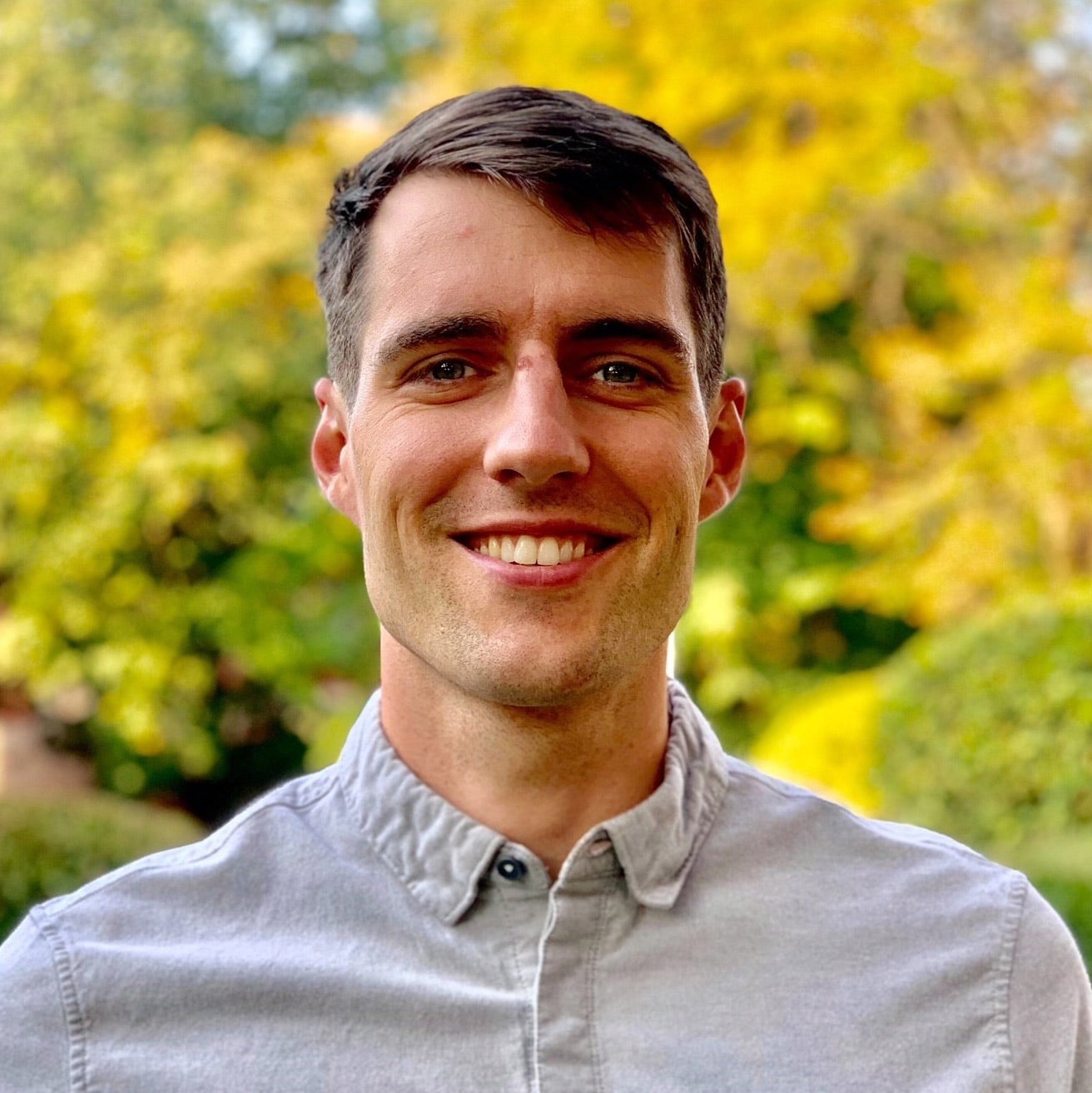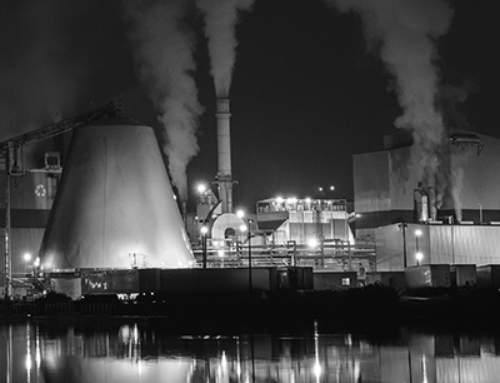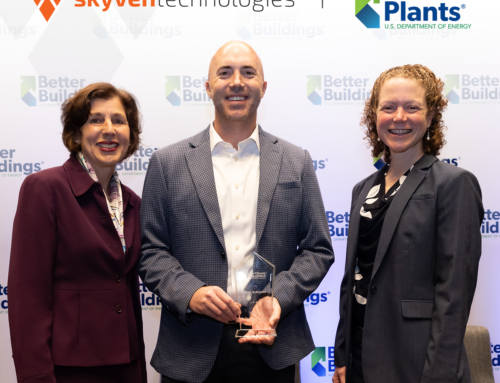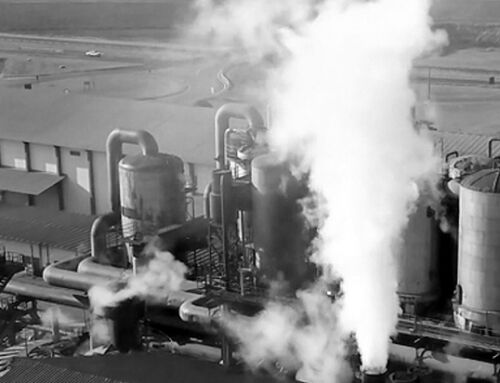Our approach to emissions reductions at Skyven is to help industrials decarbonize profitably. To do this, we’ve built a diverse, talented team and have fostered a true passion for the holistic power of industrial efficiency and renewable energy.
To get you more familiarized with the technical expertise we have in-house, we are sharing a Q&A session with our very own Thermal Energy Engineer, Clay Monahan.
Tell us about yourself and your background
My background is in industrial systems. I went to school for chemical engineering, and I’ve been an engineer since graduation. My first job out of school was for an oil company doing field engineering, but I transitioned to energy efficiency about five years ago.
I worked as an energy efficiency consultant. After that, I was a utility incentive plan designer — specifically focused on the engineering piece of that design. So I’ve been around industrial customers for a while (or at least it feels that way, but I’m not sure if I can say that yet at the ripe age of 29).
Since being involved with energy efficiency, I’ve worked with a wide range of industrial customers, including steel mills, food processing plants, and glass making factories.
My motivation to come over to Skyven was to adopt and be part of the company’s mission, which is to really move the needle on climate change by decarbonizing thermal energy in manufacturing. I feel we live up to that because we are creating palpable change for every site at which we work.
What is your job at Skyven?
It’s my job to understand what the interests of the plant are and how we can marry thermal energy savings into those interests. We are all about reducing GHG emissions profitably.
So my role at Skyven touches on many aspects that play into architecting the best solution for our customers. Our team starts by establishing priority alignment, which is critical because no project will ever get done — or even get started — without it. When we bring together the energy system, the plant, the organization, and even community interests, that’s when a project really gets velocity and goes through to implementation.
As an engineer, I do extensive analysis using system diagrams and other technical information provided by the client. This analysis enables us to find where heat is being wasted and link that to where heat is being used. Through analysis and priority alignment, we can identify opportunities to reduce carbon emissions, save money, and align all stakeholder interests.
What recent industry trends have made a big impression on you?
The societal trend of decarbonization is building. Businesses are becoming more aware of the need for carbon reductions and are setting more aggressive goals. Incentives weren’t always aligned at the plant level, but now there are incentives at the plant level that involve carbon reduction as a metric to drive a project forward.
Because of the rising interest in decarbonization, some plants jump to the idea of complete electrification to eliminate steam from their operations, but this isn’t always cost effective for the client, and sometimes it wouldn’t even result in carbon emissions reductions when considering the amount of electricity needed to reach required temperatures at some facilities.
We’re keenly aware of industry trends, and it’s part of what we take into account when we come up with a set of recommendations for a customer. With that said, it’s our job to make sure that what we’re recommending is not only the best option at that moment, but down the road as well.
What about Skyven would you want its customers and partners to know?
Skyven is here to make lasting impact. We do that through a commitment to genuine priority alignment.
Our biggest focus is on recommending projects that have buy-in from all stakeholders to ensure that what we recommend not only gets implemented but stays in operation. We’re funding and de-risking projects that make sense today and down the road — projects that are going to be profitable and energy saving simultaneously. That’s why we sign 10-year contracts and why we only get paid on actual energy savings.
Skyven’s commitment to lasting impact drives us to create projects that not only reduce carbon, but that also save money, increase throughput, and improve the workplace environment.
What advice do you have for young engineers interested in working on climate change?
My career has been characterized by chasing the steepest learning curve I could find. I’m very happy with where I’m at, so I recommend that upcoming engineers continually gain knowledge and avoid complacency by chasing new opportunities and advocating to work on new things.
The rapidly changing landscape of climate action makes this field a continual learning process. I don’t see the learning curve in this space flattening out anytime soon.
You can be an expert and still continue learning. That’s what keeps it fun — variety is the spice of life.
At Skyven, we’re passionate, driven, and on a mission to improve industrial efficiency in a way that aligns with your business interests.
Get in touch with us today to get better acquainted with the Skyven team and discover how we can help you realize your decarbonization and profitability goals.





